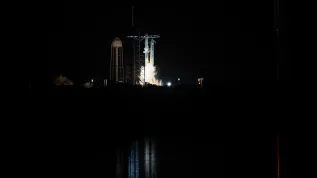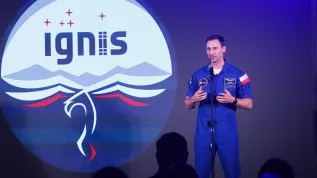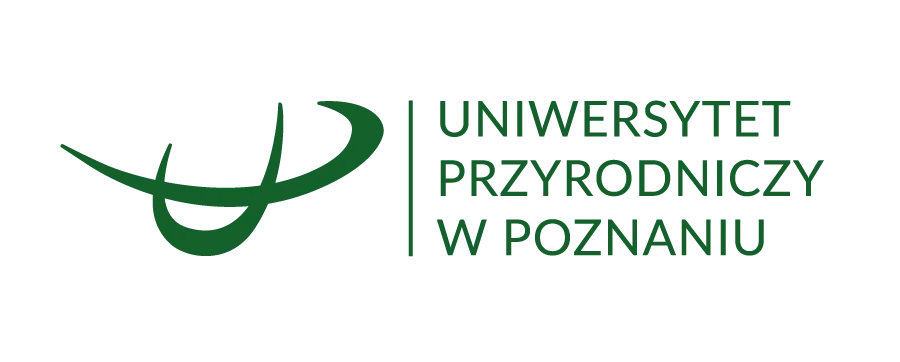
The year 2020 could mark the launch of production of HyperSat microsatellites, which are being developed by a Polish company. HyperSat - as a universal satellite platform - will enable various types of missions, including telecommunication or observation - as announced in Warsaw on Wednesday.
HyperSat microsatellite construction plan and its model were presented on Wednesday in Warsaw. Ultimately, HyperSat will be a versatile, modular platform that, equipped with specialized instruments, will enable a broad spectrum of space missions - from radio and telecommunication to optoelectronic and radar observations.
"The satellite consists of two basic components: the platform and the cargo-instrument (for example a high-resolution camera for taking images of stars). HyperSat is a vehicle that carries an instrument. The instrument provides data and services of interest to the user" - Jacek Kosiec of Creotech Instruments, the company that prepares the microsatellite, said at the press conference Wednesday.
HyperSat is supposed to be such versatile platform that can be used in the most flexible way to launch various instruments into space. The microsatellite prepared by Creotech will consist of removable functional modules. In the smallest configuration the satellite will measure 30x30x10 cm and weigh 10 kg. It can be expanded to a maximum size of 30x30x60 cm and a weight of 60 kg by adding additional modules or instruments.
"The platform will be built on the basis of so-called COTS components, cheap electronic modules that will ensure the viability of such a platform in space over a five-year perspective. We can automate the production of satellite components and instead of making a single unit, produce, for example, 50 units. The time from ordering the platform to its integration with the instrument and launching will not exceed nine months. This is also an important parameter that will make our platform very competitive" - said Creotech Instruments CEO Dr. Grzegorz Brona.
A number of satellite subsystems will be prepared for integration, including: a load-bearing structure (capable of withstanding the stress caused by a rocket flight and allowing for the assembly of standardized modules), a satellite-rocket separation system, an onboard computer, a power supply system and onboard battery, a photovoltaic panel system, radio communication modules and antennas.
A laboratory version of the ground station (for radio systems testing) will also be built, as well the system called HyperSat BUS, which is an innovative satellite bus that will allow to power the various components of the platform and transfer data between them.
"The standard satellite mounting proposed by Creotech will allow to attach it to a certain pool of rockets available on the market. Once we have a finished satellite, it will be very easy to find space for it on a rocket: in China, the US or Europe" - said on Wednesday. Dr. Marcin Stolarski, who will leads the HyperSat project.
Batch manufacturing of HyperSat microsatellites, which will be available to both domestic and foreign buyers, may be launched in 2020. The platform can serve as a basis for Polish missions, but it can also be an export product and become the basis for missions of other countries.
Dr. Brona explained that the platform would be optimised for the production of individual satellites with specific applications, but the greatest potential for HyperSat is the production of larger batches of devices designed to work in satellite constellations. "Microsatellites will be in the largest demand in 2020-2030. On the other hand, there is still little competition in the market when it comes to satellite platforms" - said the CEO of Creotech Instruments.
Dr. Marcin Stolarski emphasized that HyperSat would be an open project. "We want to share the HyperSat parameters so that everyone can build components" - added Dr. Marcin Stolarski. "We believe that such a platform can be an essential element of the entire Polish space program, and that many Polish entities can participate in its development" - emphasized Jacek Kosiec.
PAP - Science and Scholarship in Poland
ekr/ zan/ kap/
tr. RL













